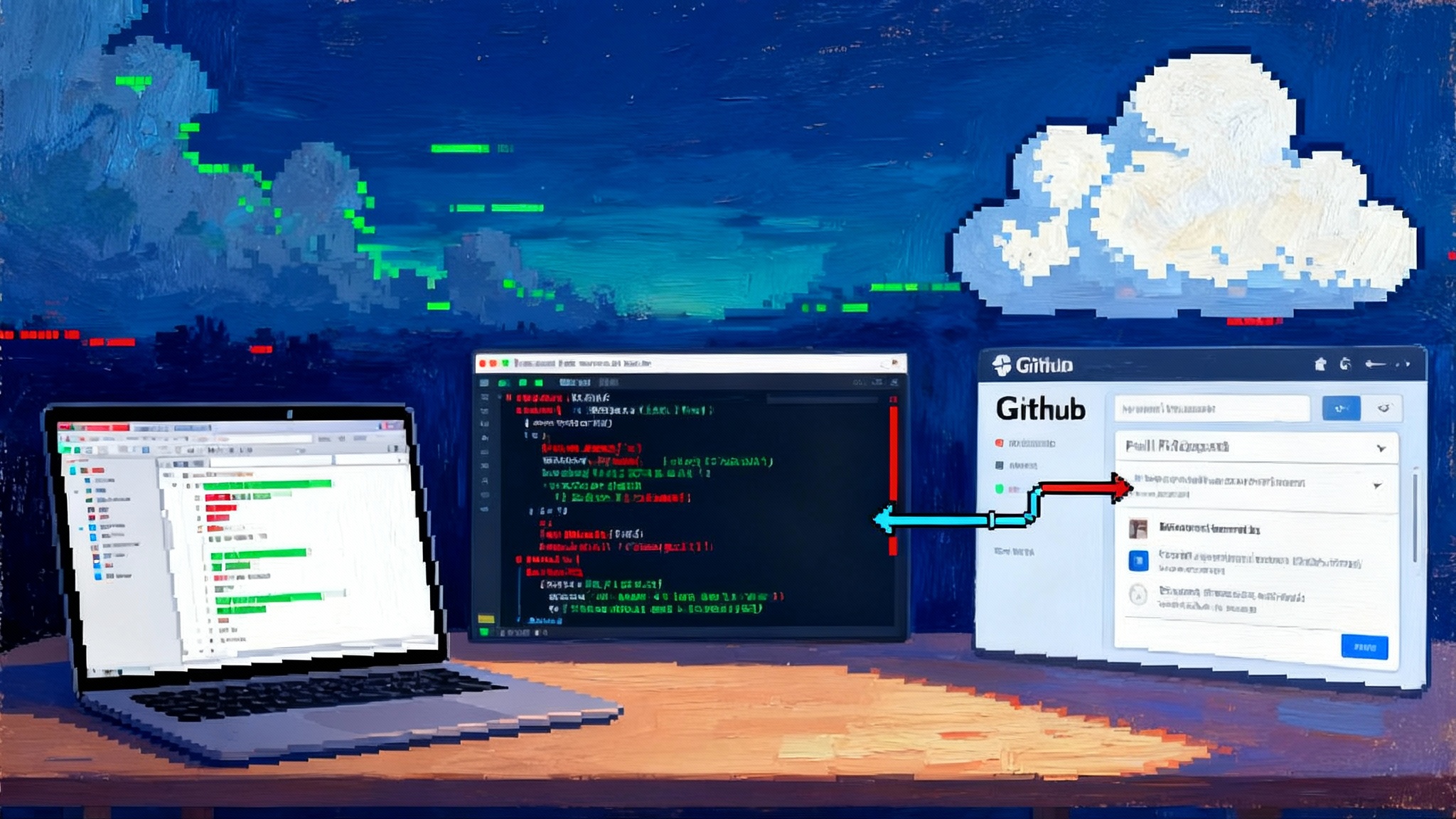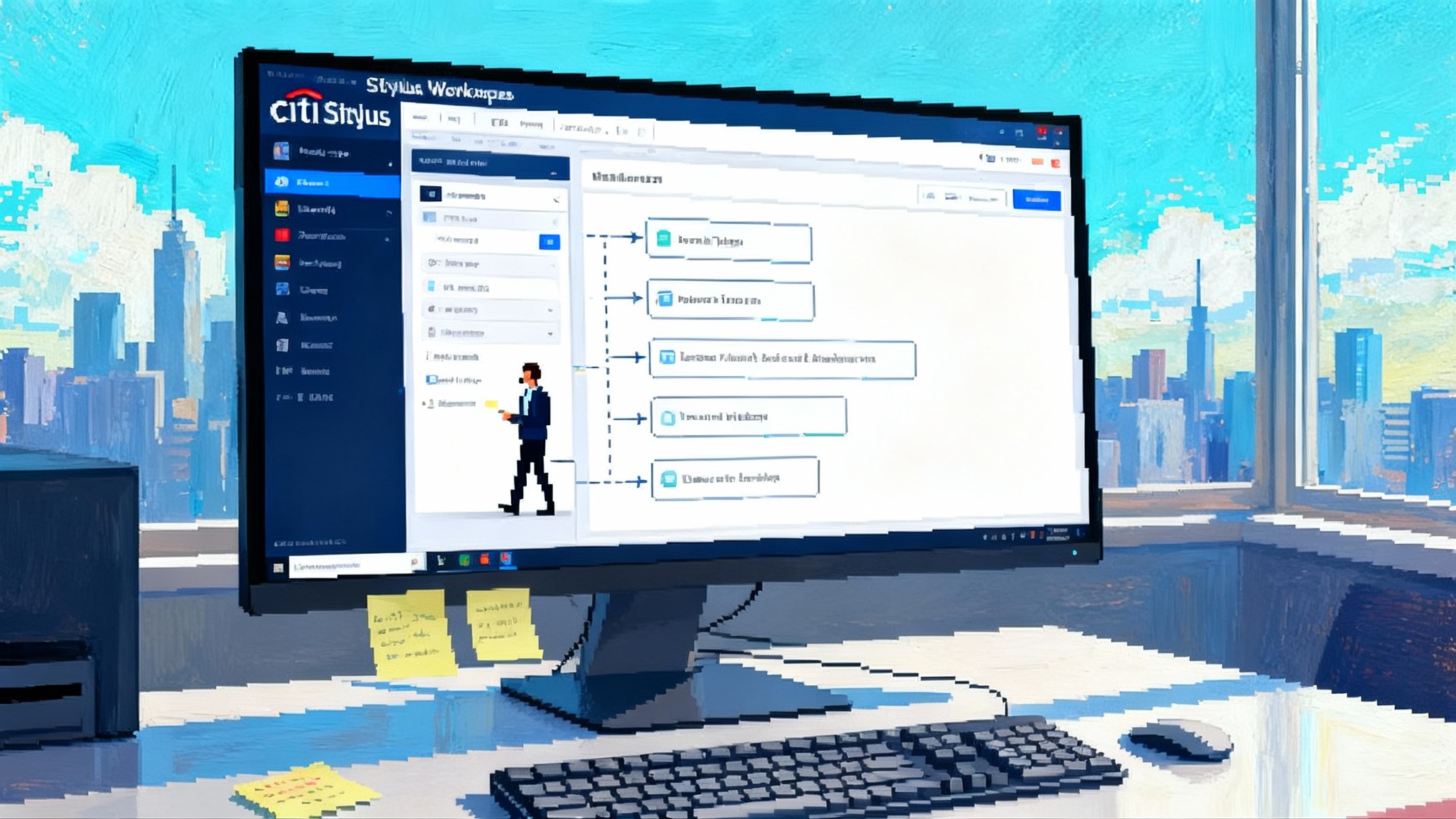The Browser Becomes an Agent: Edge, Gemini and Publisher Pay
Microsoft and Google just made the browser the default runtime for AI agents. Here is how an agentic Edge and Gemini in Chrome could reshape publisher economics, SEO, adtech, attribution, and UX, plus a practical playbook to prepare now.

The week the browser learned to act
A quiet but consequential shift landed this week. Microsoft detailed an agentic future for Edge with a new Copilot Mode that can open tabs, read pages, and perform tasks as you watch, with controls to pause and correct. In a wide‑ranging interview, Microsoft’s AI chief Mustafa Suleyman framed Edge as an agentic browser rather than a bolt‑on chatbot, emphasizing observable actions and traffic back to the open web. See the remarks in context in this interview about Edge's new Copilot Mode.
On the other side of the duopoly, Google rolled Gemini deeper into Chrome for U.S. desktop users, with tab‑aware summarization and early steps toward agentic browsing. It is a direct signal that the browser is becoming the default runtime for AI agents. Not a new search page, not a standalone app, but the same address bar and menus we already use.
Add one more development that could reshape the economics of the web. Microsoft is piloting a Publisher Content Marketplace that compensates participating media companies on usage when Copilot surfaces or synthesizes their work, with an eye to including other AI apps later. Axios reported the pilot this week as a usage‑based clearinghouse that starts with Copilot and could expand outward. Read the scoop on the pilot Publisher Content Marketplace.
Taken together, these moves underscore a single thesis. The browser is becoming the operating environment for agents that read, plan, and act across the open web, with humans watching and steering the loop.
Why the browser is the agent’s natural home
Agents need four things to work well at consumer scale.
-
Persistent context. Your tabs, history, cookies, and identity are already in the browser. Agents can ground decisions in real browsing context rather than synthetic memory.
-
Permissioned access. The browser owns the click. That makes it the right place to expose human‑in‑the‑loop controls like approve, undo, or restrict actions to a site. It also lets the agent respect login state and consent banners.
-
A universal UI. The DOM is the common surface across the web. Agents can read, fill forms, and navigate menus without every site building a bespoke integration.
-
An attribution path. Because the agent operates in a real tab, it can send traffic and deliver measurable referral value rather than floating in a zero‑click box.
The industry tried agentic search and agentic apps first. Both ran into the same wall. They were either too sealed off from the web or too opaque for publishers to support. Browsers split that difference. They are close to content and close to the user, and they have a long memory of working with publishers on caching, ads, and privacy.
A new economic contract with publishers
A usage‑based marketplace for AI is not a courtesy. It is the only way to keep professional content incentives healthy when agents do the reading. Three shifts follow if the model sticks.
- From pageviews to reads. The relevant unit of value becomes an agent read or a snippet used in a synthesis rather than a human pageview. Expect dashboards that show agent reads, excerpts used, and downstream conversions when an agent guides a user to take an action on your site.
- From static licenses to metered compensation. The pilot suggests a path where agents pay when they consume, quote, or ground answers in publisher content. That could feel closer to performance media than to a blanket license. It will also force hard questions about rates per token, per excerpt, or per user session.
- From opaque summaries to verifiable attribution. If agents operate in tabs that you can see, then attribution can look like normal referral traffic and clickthrough. If they summarize without opening a page, publishers will demand mandatory cite‑and‑link behavior and a reporting API for usage.
For publishers, the marketplace is leverage. It sets a default deal structure that can be negotiated by category and quality. For agent builders, it is a way to get to yes with rights holders at scale without one‑off contracts for every source.
How SEO and adtech adapt when agents do the browsing
- SEO becomes action‑oriented. Schema that describes actions will matter as much as content keywords. Sites that expose book, buy, reserve, compare, or subscribe as well‑structured actions will be easier for agents to use correctly. That also makes outcomes easier to measure.
- Search snippets become steps. Agents will not skim ten blue links. They will plan three or four steps across trustworthy sources. That pushes sites to optimize for step fitness. Can an agent complete the step here with minimal friction and no nasty surprises.
- Ads shift to assistive placements. If an agent is driving, high‑latency script tags and heavy creatives will lose. Expect lighter, server‑side ad delivery and more sponsorship models anchored to tasks. Think sponsored option in a comparison flow or a featured provider when the agent is in decision mode.
- Measurement needs a native signal. Agents may prefetch or render offscreen. Relying only on client‑side events will miss valuable exposure. Publishers will want a signed Agent‑Referral signal from the browser that confirms which agent used which content and what action it led to.
For adjacent context on tooling and guardrails, see how AgentOps is the moat for enterprise‑grade oversight, why agentic payments go mainstream, and how an agent security stack is crystallizing.
User experience must center on consent and transparency
Agentic browsing tolerates no mystery. Users need to see what the agent is doing and be able to stop it fast.
- Visible plan. Show the intended steps before the agent acts. Let users reorder, remove, or add a step.
- Step‑by‑step playback. As the agent moves through pages, show a running log of clicks, text selections, and form fills. Let users jump back and edit.
- Fine‑grained permissions. Bounded scopes like read page, follow links on this domain, fill forms with masked data, or place holds up to a dollar threshold are intuitive and safe.
- Clear provenance. When an answer cites content, include the site name, the passage used, and the timestamp. If no source is shown, say so.
- Memory you control. Retain task memory inside a named session that users can purge. Do not carry sensitive context to a new task without explicit consent.
Microsoft’s framing of an agent you can watch and steer aligns well with those expectations. Chrome’s tab‑aware Gemini also hints at a model where the agent is present but not pushy, and where the user is one click from the wheel.
A practical playbook for product teams and publishers
Here is a concrete checklist to prepare your site and product for agentic browsers.
1) Expose actions in structured form
- Use schema.org Actions in JSON‑LD where relevant. Examples include ReserveAction for bookings, OrderAction for carts, and SubscribeAction for paywalls. Pair with URLs that accept parameters for item, date, and quantity.
- Create shallow, stable endpoints for core tasks. Keep them obvious and idempotent. Agents should not need to scrape four screens to add an item to a cart.
- Offer a compact, read‑only API for key lookups. Think stock status, price breakdown, cancellation rules. It will reduce scraping and error rates when the agent compares options.
2) Design agent‑safe interaction patterns
- Predictable forms. Use semantic labels and server validation. Provide explicit error messages that an agent can parse.
- Deterministic UI. Avoid random carousels, time‑based modals, or elements that shift layout during input. Agents do poorly with jitter.
- Minimal popovers. Keep cookie and consent flows short with clear accept and reject paths. Hide opaque triggers behind explicit user permission prompts.
3) Instrument consent and oversight
- Add a visible Agent Controls panel for signed‑in users. Let them see agent sessions, revoke any pending authorization, and export a log of actions taken on their behalf.
- Emit signed server events for agent reads and actions. Include an agent identifier from the browser, a session ID, and the consent scope granted. That will be your source of truth for analytics and marketplace reconciliation.
- Respect per‑publisher agent policies. If you expose a robots rule or a site policy for agent behavior, publish a simple JSON at a well‑known path and return it with strong caching. Keep it machine readable and auditable.
4) Harden against prompt injection as agents act on your site
- Separate instructions from content. If you render model‑written text or user reviews, wrap them in elements marked as untrusted and instruct agents to treat them as data only. Do not allow inline instructions from user content to trigger site actions.
- Constrain actions to allowlists. Any agent‑triggered operation should pass through a server check against a per‑user, per‑session allowlist. Bind actions to origin, path, and intent, and require fresh CSRF tokens even for agent flows.
- Guard your forms. Validate on the server, rate limit sensitive endpoints, and use honeypot fields to detect automated misuse. If an agent is filling forms too fast or out of sequence, challenge or throttle.
- Annotate sensitive pages. Mark pages like account settings or payout setup with a do‑not‑automate hint in your policy file, then enforce it on the server.
5) Prepare for marketplace compensation
- Tag content with durable IDs. You will need to reconcile usage at the paragraph level, not just the URL. Use stable IDs for sections and passages.
- Track agent‑assisted conversions. Add a first‑touch that records when an agent brings a user to a task, and a last‑touch when the user completes it. That will underpin new revenue share models.
- Build a rate card. Decide how you value a full‑page read, a quote, a data extraction, or a conversion assist. You will negotiate from that foundation when the marketplace terms arrive.
How the majors differ on incentives and governance
-
Microsoft
- Position: Make Edge the agent runtime and Copilot the default assistant that operates in visible tabs.
- Incentive: Build trust by preserving traffic and paying for usage through a marketplace. Encourage publishers to opt in because there is money on the table.
- Governance posture: Stress human oversight, auditable actions, and enterprise‑grade controls. Marketplace rules formalize attribution and payment.
-
Google
- Position: Weave Gemini into Chrome and Search to keep users inside Google’s surfaces while still loading real pages when needed.
- Incentive: Align agent output with Ads and Shopping. Keep the open web accessible while defending the revenue engine around search and commerce.
- Governance posture: Chrome‑level safety, Safe Browsing, and account‑level privacy. Likely to add structured reporting for agent reads as standards mature.
-
OpenAI
- Position: Agents and GPTs run inside ChatGPT first. Browser actions exist but are not the default user flow.
- Incentive: Grow a platform and a store for agents. Content licensing happens via direct deals, which may not translate into broad web payments.
- Governance posture: Platform policies and post‑hoc enforcement. Less native connection to the browser’s permission and identity model.
-
Apple
- Position: System‑level assistants in Safari and across iOS and macOS, biased to on‑device privacy and curated integrations.
- Incentive: Premium hardware experience and services. Likely to gate agent actions behind strict consent and deep app entitlements.
- Governance posture: Tight sandboxing and App Store review. Less emphasis on open web scraping, more on curated APIs.
-
Perplexity and AI‑first browsers
- Position: Chat at the top, browsing underneath. Aggressive on source linking and performance.
- Incentive: Win with quality answers and speed. Publisher compensation may ride on shared ad revenue or selective licensing.
- Governance posture: Move fast on features. Standards participation could deepen as agents take real actions on sites.
From chat to action: near‑term scenarios
- Shopping that finishes itself. You ask for a mid‑range mirrorless camera with two lenses and a return policy that allows 30 days. The agent opens three retailer tabs, checks inventory, compares bundles, applies a loyalty code, and fills the checkout with masked credentials. You approve the final cart and set a price drop alert.
- Travel that understands constraints. You specify nonstop flights after 9 a.m., a three night hotel with a gym, and one museum pass for a child. The agent cross checks airline seat maps, verifies resort fees, and books a refundable hotel. It keeps a change queue for you to approve if the price drops or if a better room opens.
- Research that cites responsibly. You draft a policy memo on grid reliability. The agent finds recent datasets, summarizes utility filings, and highlights dissenting views. Every claim has a citation with a link that opens the source tab and jumps to the relevant passage. You can export the reading trail.
Each scenario is possible today in pieces. The agentic browser stitches them together with a visible plan, tab‑level actions, and clear handoffs to you.
What to ship in the next 90 days
- Start with one agent‑safe flow on your site. Choose a high‑value task like checkout, subscribe, reserve, or pay a bill. Make it resilient, fast, and friendly to automation.
- Publish a simple agent policy file. State what is allowed, what requires approval, and what is off limits. Serve it from a well‑known path and enforce it server side.
- Add structured actions and tune for deterministic behavior. Label forms, stabilize layout, and remove unnecessary modals on the path.
- Create a basic agent usage report. Track agent reads, step completion, and agent‑assisted conversions. Aggregate by domain and by action type.
- Draft your marketplace posture. Decide how you want to be attributed and paid, and prepare data you will need to reconcile invoices.
The bottom line
Browsers are becoming the runtime for AI agents. Edge is leaning into the idea with an observable Copilot that acts in tabs you can see. Chrome is embedding Gemini where you already work. And Microsoft’s marketplace pilot signals that the money flow will follow usage, not just pageviews.
If you ship websites or operate a newsroom, the job now is to make your content and actions legible to agents, to record consent and attribution cleanly, and to harden your flows so automation helps users rather than hurts you. Do that, and the agentic browser can become a growth channel rather than an existential risk.








